Jonathan Glazer’s Under the Skin is a vague science fiction picture loaded with images both abstract and very blunt. The content of those images twists around many different ideas, but my reading of this picture is specifically about what it means to be a transgender woman in a society that doesn’t see that as normative behaviour. There is a distinct lack of straightforward representation of Transgender Women in media so we often search for subtext within art, and Under the Skin is packed with themes on Gender Identity. It comes eerily close to evoking a similar tone to those feelings of alienation, dysphoria, and reconciliation that come with being a transgender woman. It all functions through the allegorical storytelling of finding out what it means to be human, but inside of that narrative Glazer stumbled upon what it’s like to be transgender.
Glazer follows her birth with another scene typical to transgender experiences. Shopping. Amy finds herself in a new world and like many trans women she sees what other women around her are doing and tries to adapt. Glazer punctuates this scene with banal images of women trying on make up and looking at clothes so Amy does the same thing. She turns over a simple pink top and examines lipstick. What’s wonderful about this scene is how he plays it for both it’s mundane-ness and it’s exploration. As trans women the idea of shopping as yourself for the first time for clothing is often times wrought with confusion. I know that I bought the first things that I saw that fit well enough and got in and out as fast as I could, because it was an alien experience. It was an entirely new world. One that I felt like I should have always been a part of, but new and scary nonetheless. It’s a really simplistic scene but captures those feelings of unsureness remarkably well. He closes this moment with Amy putting on lipstick just like all the women she saw in the store. It’s her first learned behaviour in adapting to what society thinks a woman should do, and those same lessons are learned from trans women who do the similar things for safety.
The transgender themes only intensify in the second half of the film when Glazer becomes obsessed with mirrors and body. When Amy finds herself in the home of a man she feels secure with she finally starts to get the feeling that she can comfortably be herself. She’s been in pursuit of some inclination of a connection previously and she seems to have found one here. She also becomes hyper aware of her body and for the first time in the movie it doesn’t feel like something she’s carrying around, but rather a home. There is one scene in particular that is striking and plays differently from every other scene in Under the Skin. Amy stands nude in her room bathed richly in warm colours like red and yellow instead of the normal blacks and washed out greys of Scotland. Her body shines in the presence of this room and she walks slowly to a mirror to examine herself. She twists in front of the mirror and looks at her form and it feels right. The music swells slightly as she turns around and looks at her soft back tracing down into softer curves. Her body has always been pale and ghostly, something of a mystery up until this point where it breaks through like the sun. Amy appears to be on the verge of tears at times in this scene, because she is happy with the way she looks. This plays directly into the feelings many transgender women eventually have with their own bodies. Society is constantly telling us through various outlets that our bodies are disgusting, to be made fun of and not desirable and that builds up into a mammoth wave of self hatred that takes years to undo. There are moments though where everything is peaceful inside of ourselves and things shimmer if only for brief moments and like Amy it feels like the sun is shining through us. These moments may only last for a few minutes, but in a lifetime of haze and grey the sun feels like the best thing in the world, and Glazer taps into that feeling really strongly in that scene.
However, as I mentioned above those moments are often fleeting and can be capsized by moments of dysphoria at any second. Under the Skin’s examination of gender dysphoria becomes especially apparent in the scene when Amy opens herself up to sex with this man, and realizes she cannot do it the way she wants to, because her genitals do not match up with her body. She’s locked out of a pleasure in a way that only transgender women who have dysphoria around genital discomfort experience. The scene is one of Scarlett Johannson’s finest moments in the picture and her discomforted stare out of a window after she realizes she cannot have sex echoes pain. The film would go back to those feelings of alienation and dysphoria as soon as she realizes that as much as she sees herself as a woman she doesn’t check off every category that could make her cisgender. It’s very hard to display dysphoria well in cinema and it’s rarely been attempted. In my own personal experience it’s like a fog that runs over my entire body and mind and keeps me from being able to do anything. I avoid mirrors and feel internal sense of loss over things I cannot change. I avoid my body as much as I can and wait for the buzzing in the back of my head to calm down long enough so I can return to normal functionality. Glazer taps into some of that in the last third of his movie. Amy has been introverted and withdrawn for the entire film, but it intensifies when she realizes her genitals do not work, and that’s a very transgender specific problem.
The greatest fear I have as a Transgender Woman is being murdered for existing as myself. It seems like every week I read about an assault or a death to a fellow sister just trying to live her truth, and it’s something that’s always in the back of my mind when I go out in public. Will someone see me as an imposter and punish me for trying to be myself? Will they cut short or damage a life that has only really just begun? The final scene of Under the Skin shows what happens to some women who aren’t seen as normative, and it’s gut wrenching to see a real life concern I have reflected in this tale of an alien in human skin. Amy is burned alive at the end of Under the Skin for not appearing to be who she says she is by a man who was going to rape her. She cradles herself in her final moments. She didn’t get to live long and there’s a hollow sadness to this scene. I’ve read about it in news reports all the time about women like me facing the consequences of existing, but I’ve never seen it so bluntly reflected in cinema. I don’t think it’s a cautionary tale or a warning to blend in better, but instead a mirror to horror that should be examined and changed within the world. What makes this even more horrifying is that this isn’t just fantasy for trans women. This ending is a reality. A Trans Woman was burned to death last month in an event that too closely resembles the final moments of this movie.
I’m at once repelled and drawn to Under the Skin, because it so closely resembles a mindset that I live with as a Trans Woman. It’s not a pretty portrait of being trans, but it’s one that I feel is accurate as an allegorical telling of our place in this world for a society that doesn’t want us. It’s repulsive, but stunning in how easily it slips into a truth about living as a woman who is not like everybody else. We don’t all burn, but at any moment we could and it sticks to us like glue every day as we navigate the world as aliens in the eyes of most cisgender individuals, through it all we’ll always be grasping for that moment where we feel the sun inside of us.

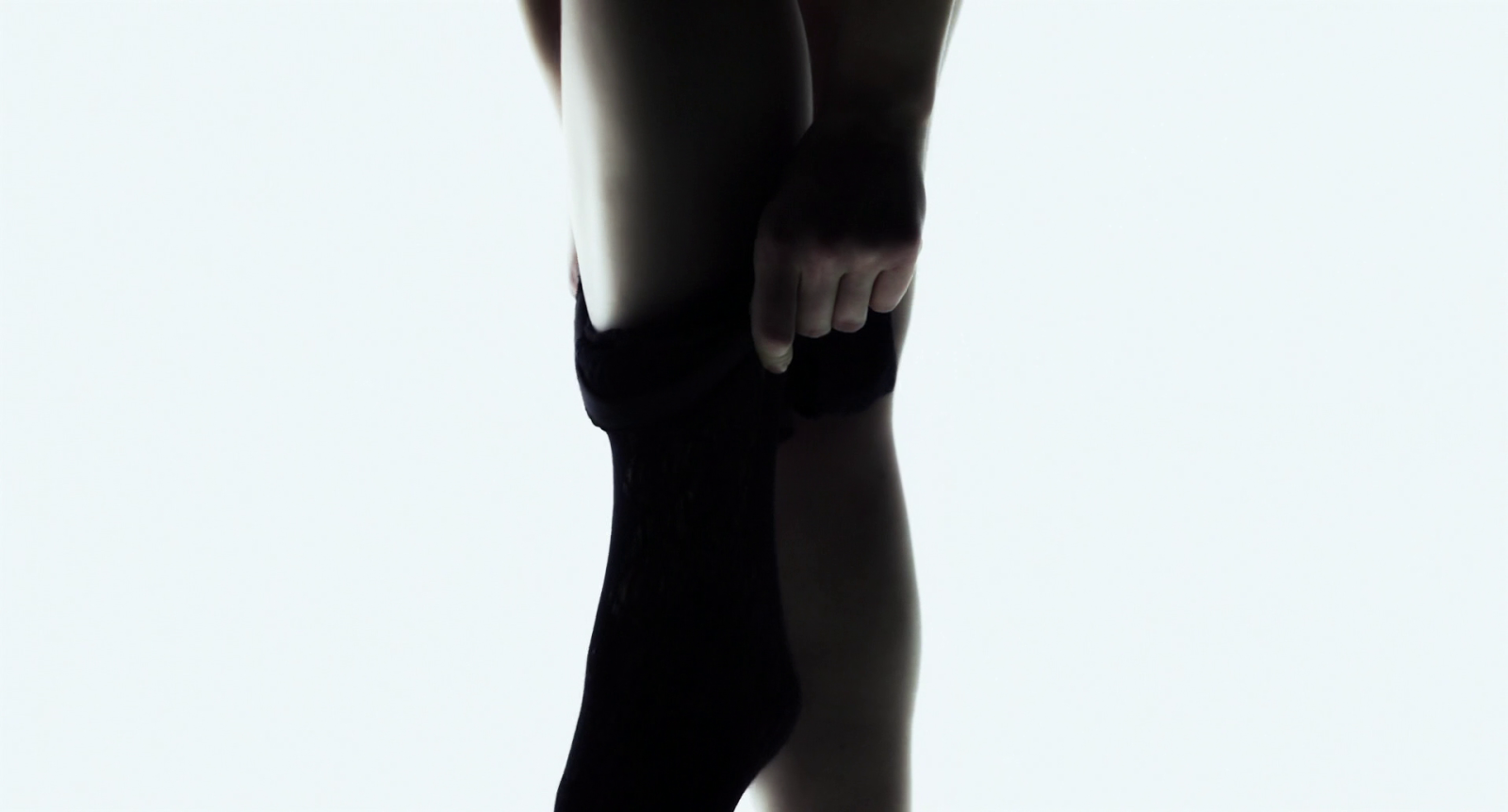
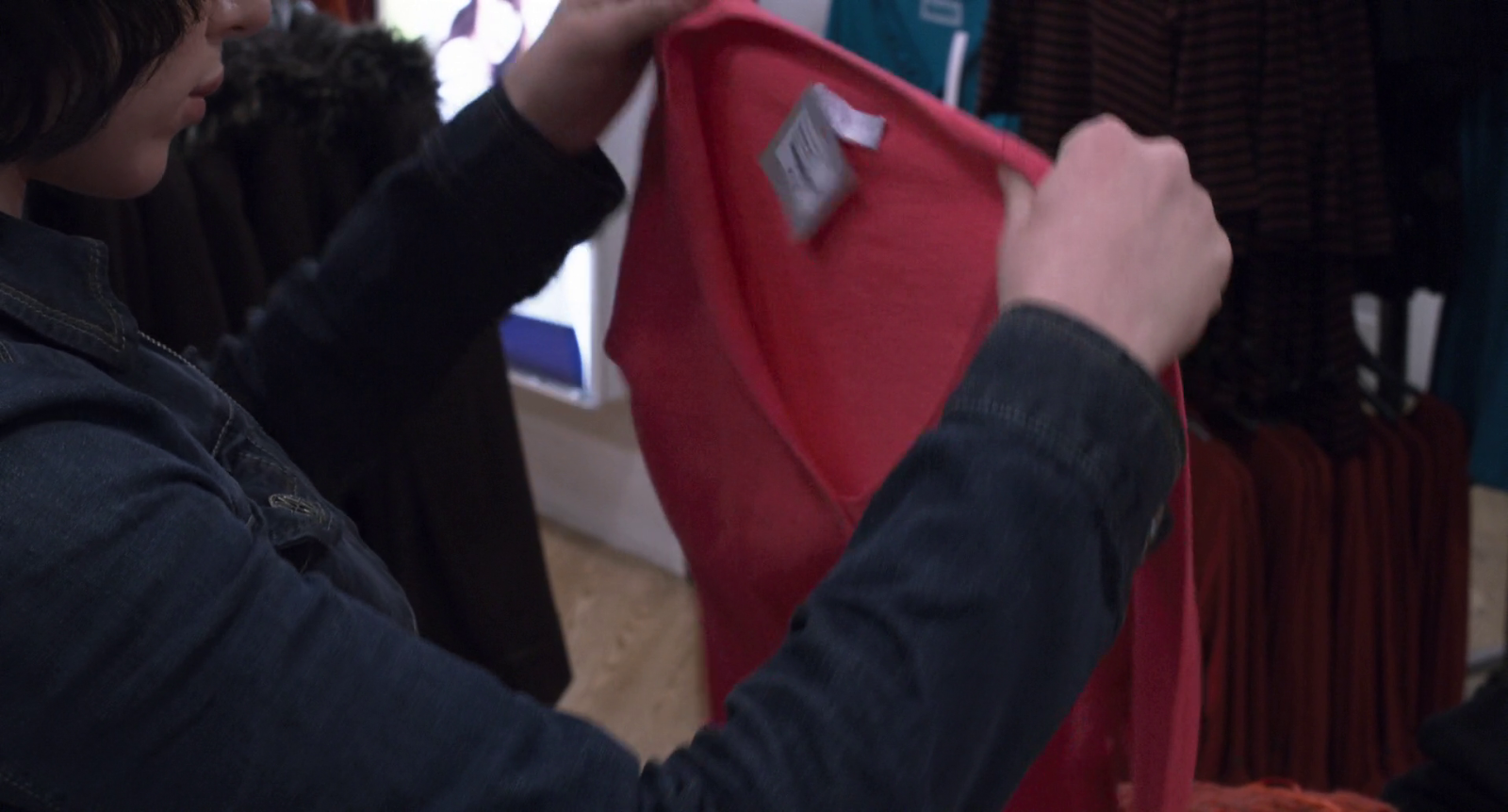



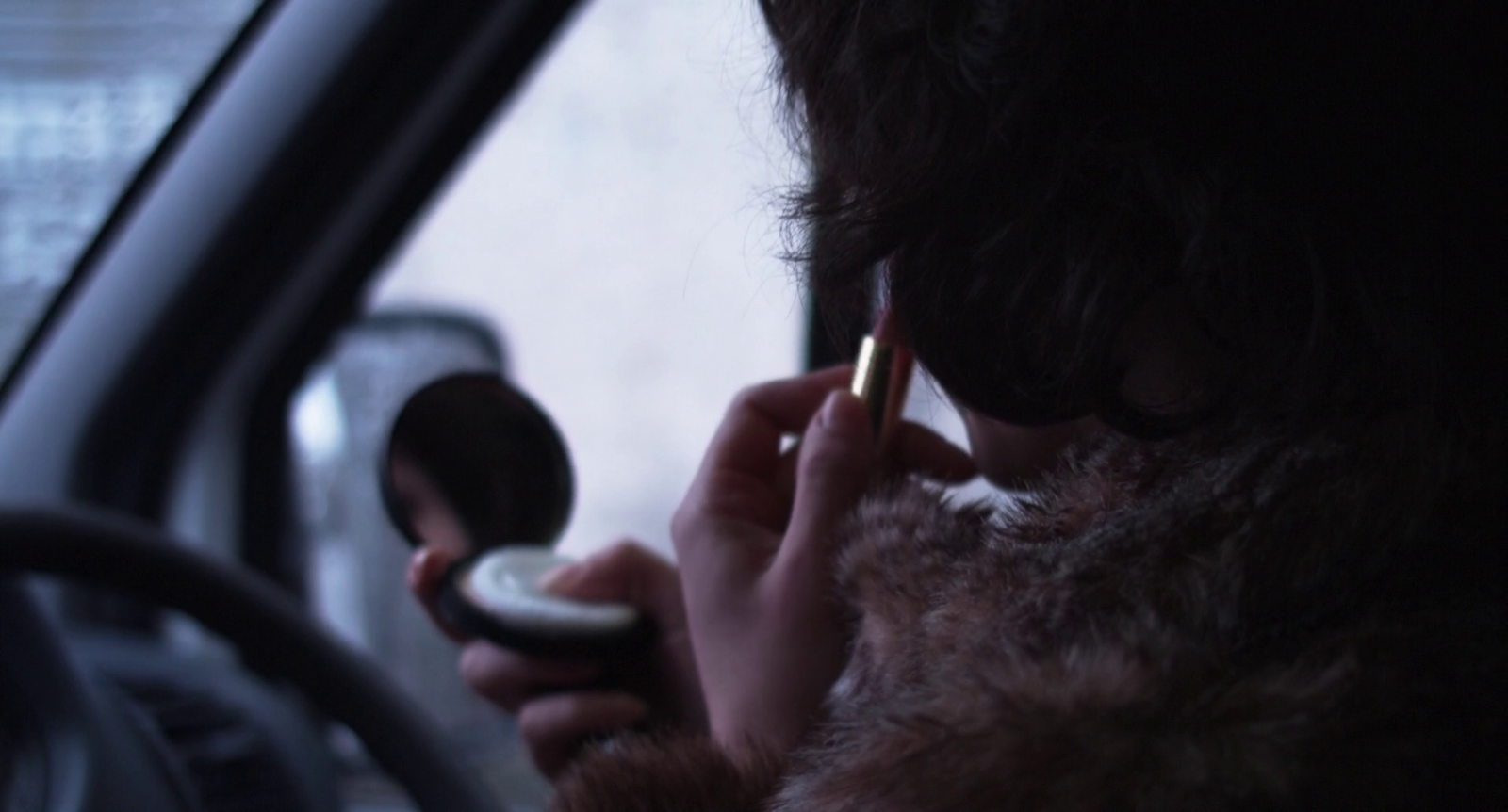
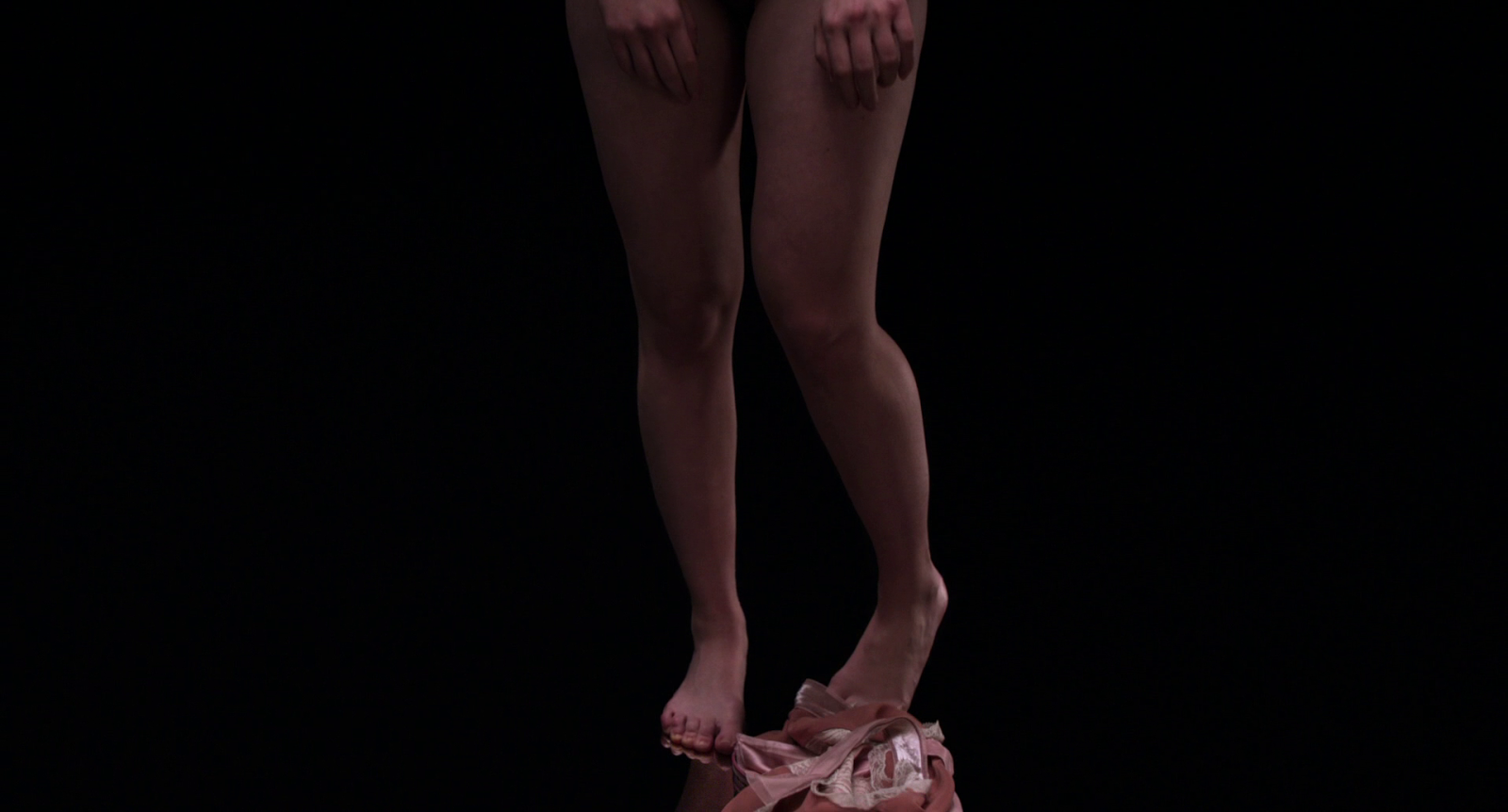
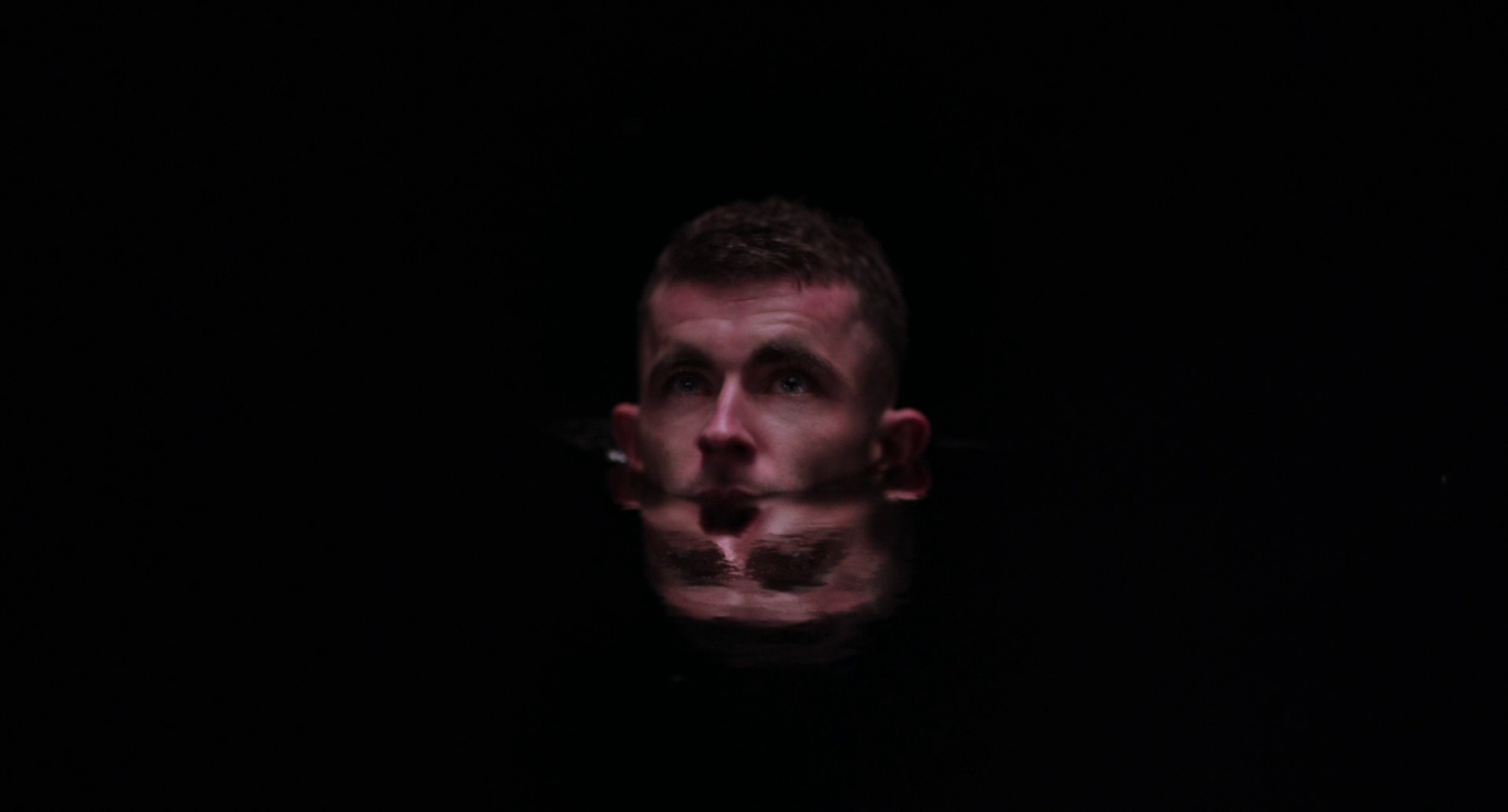


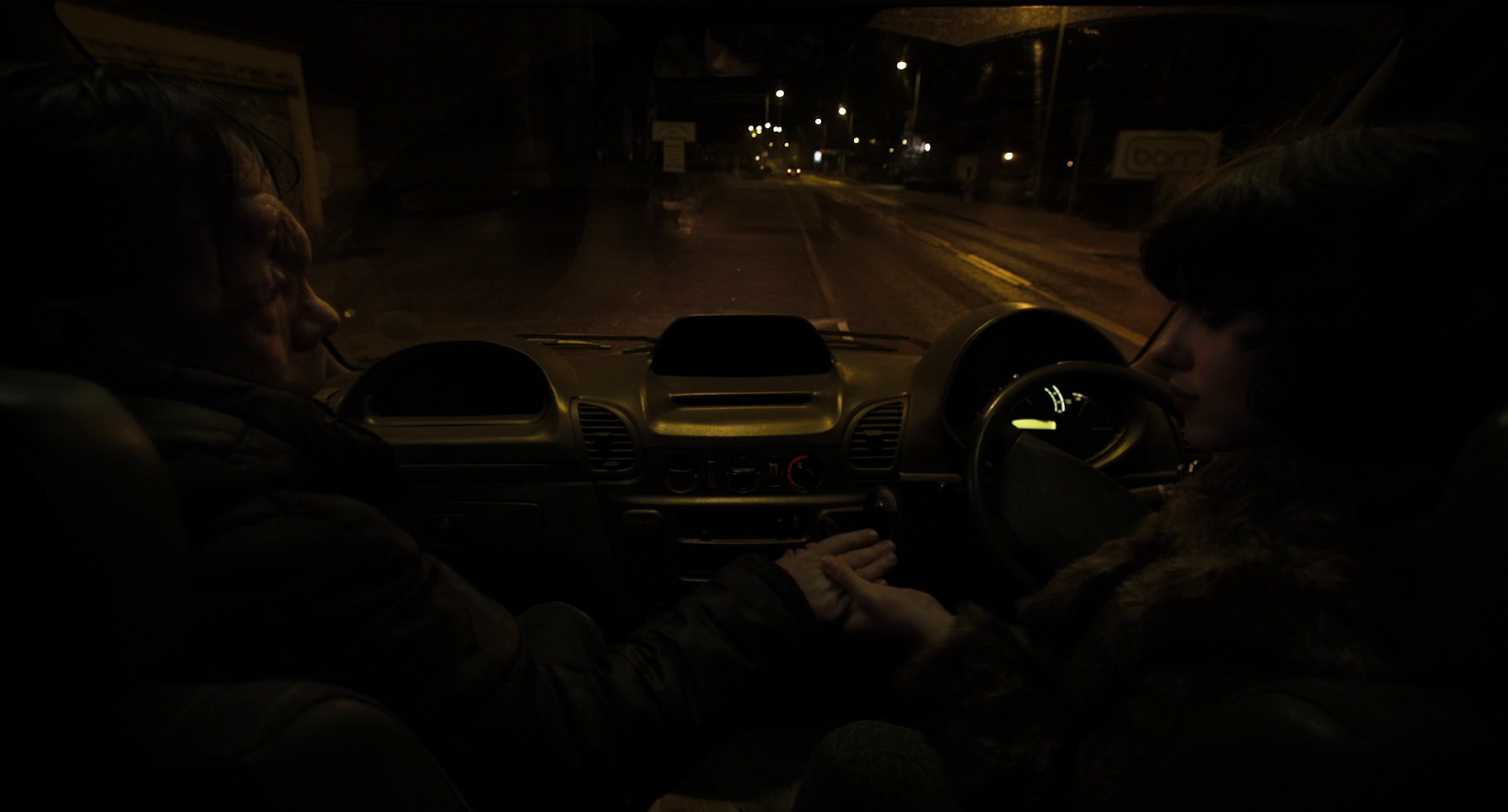

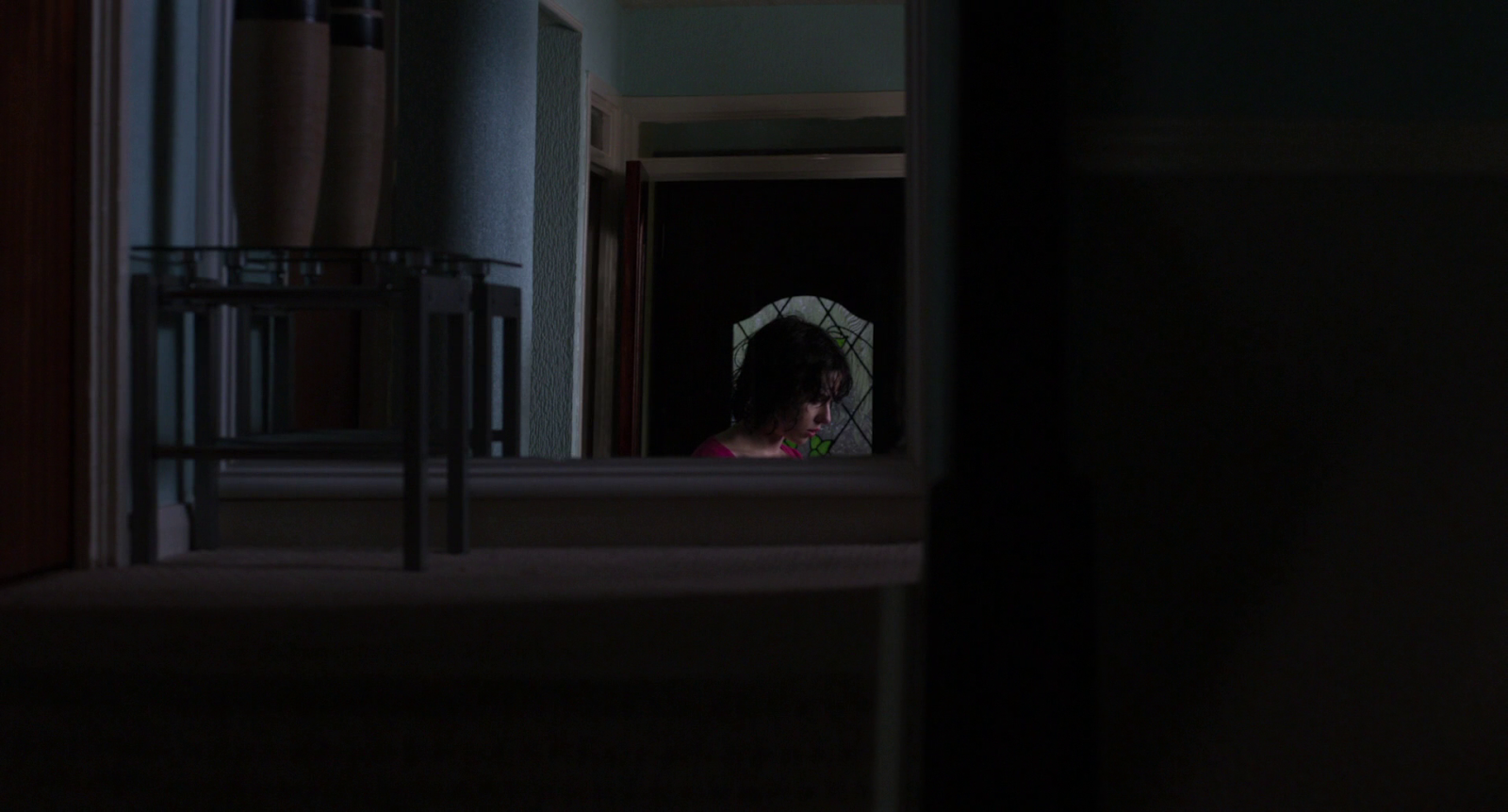


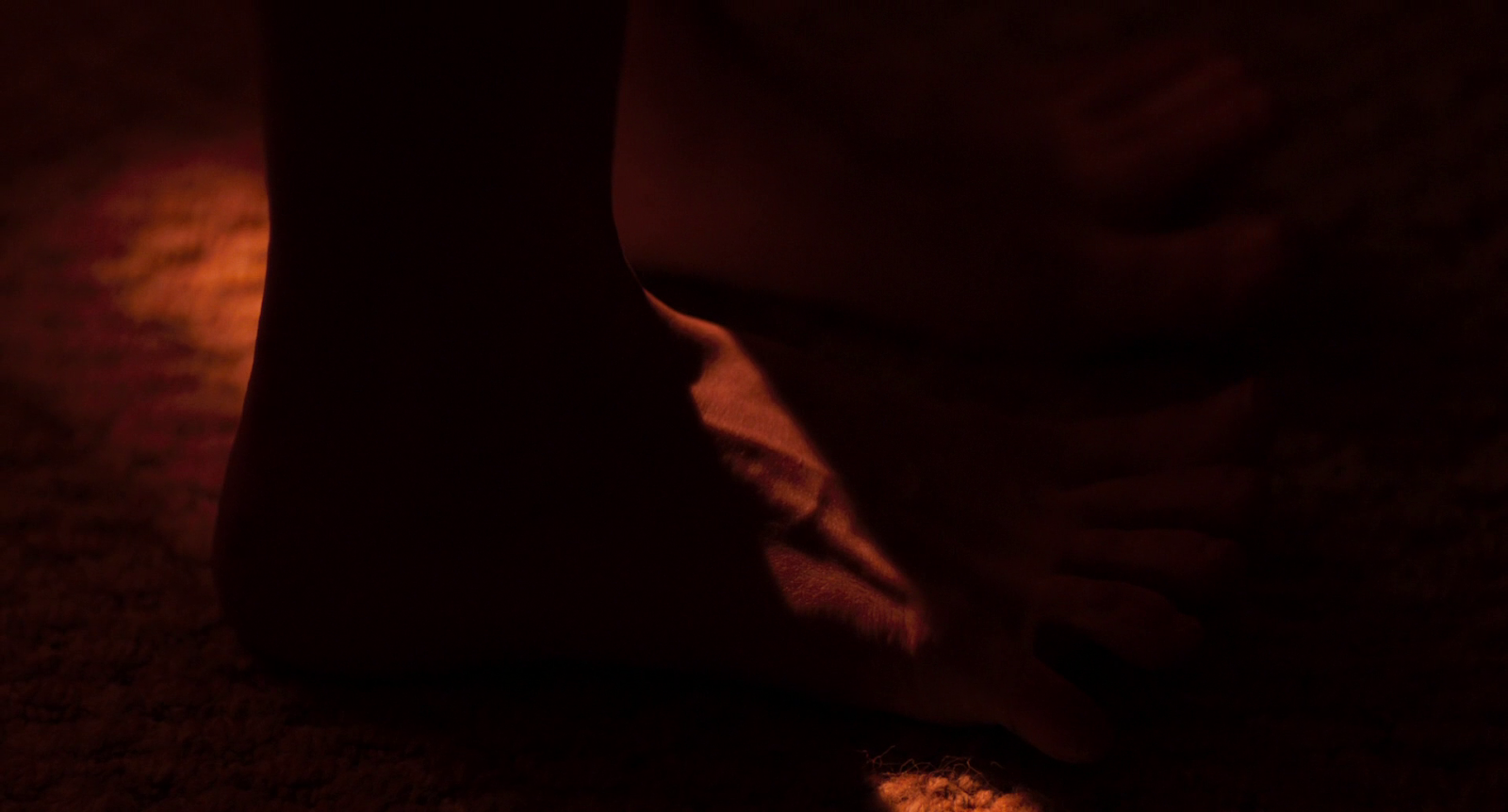
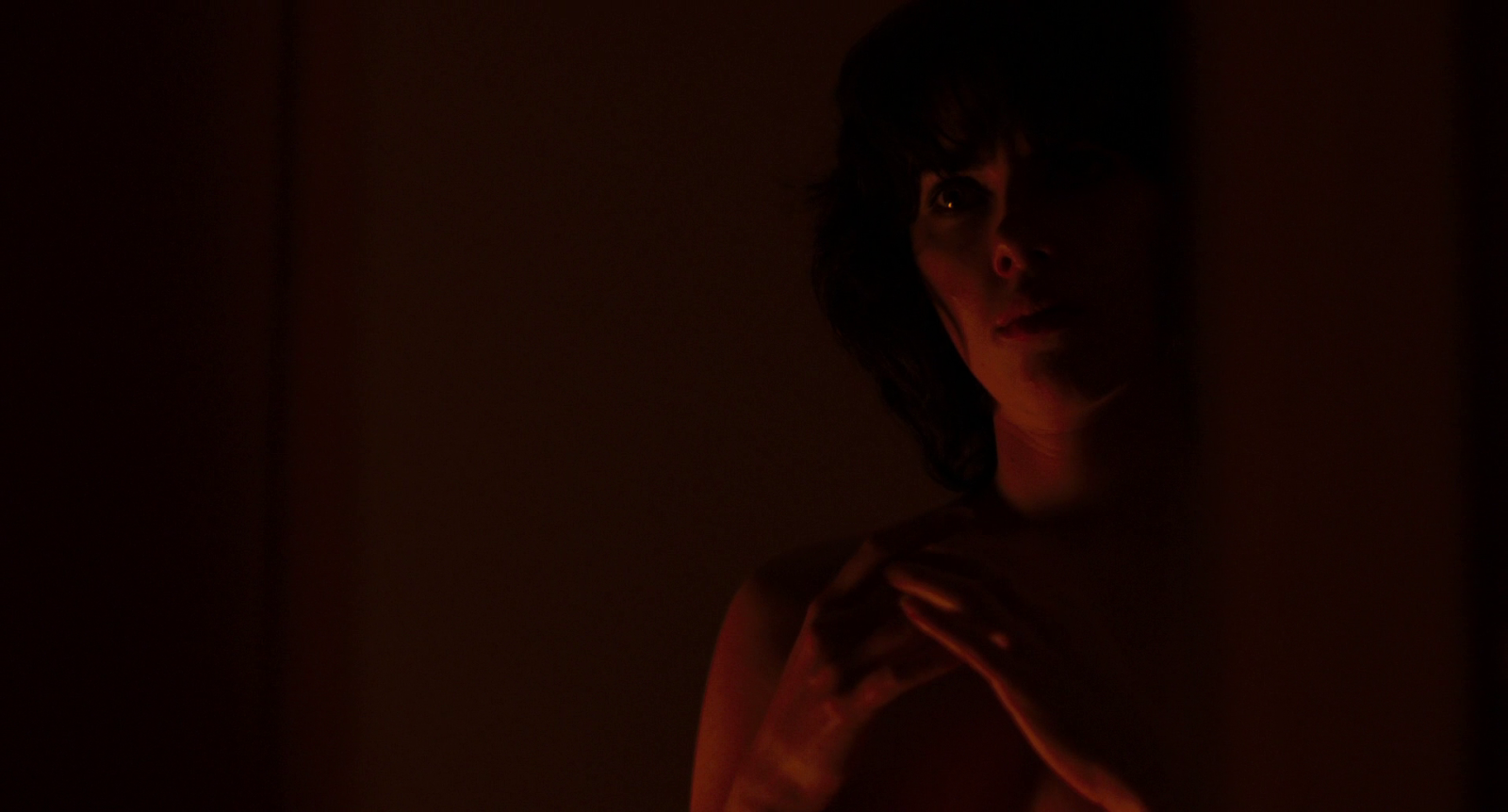

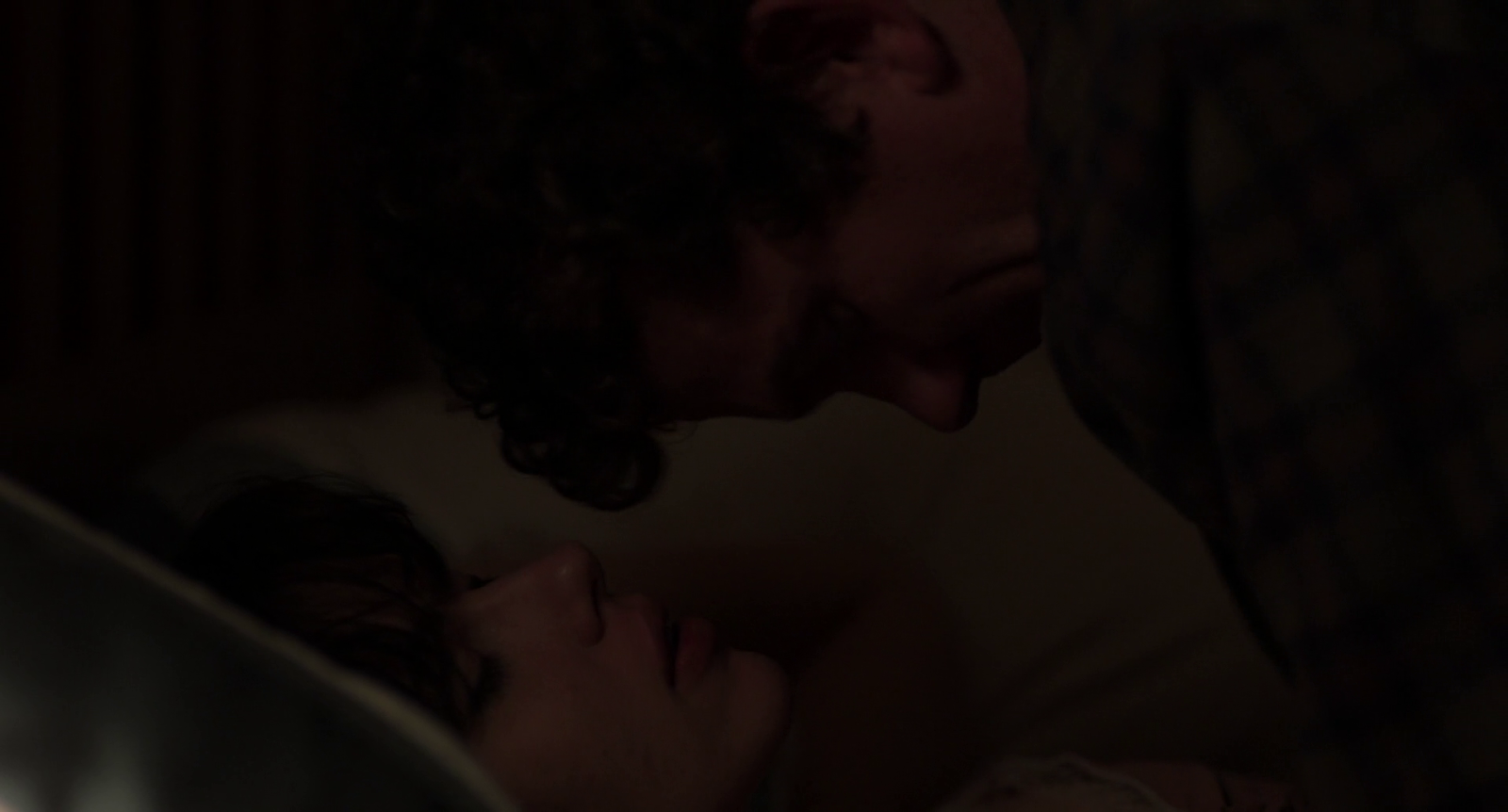



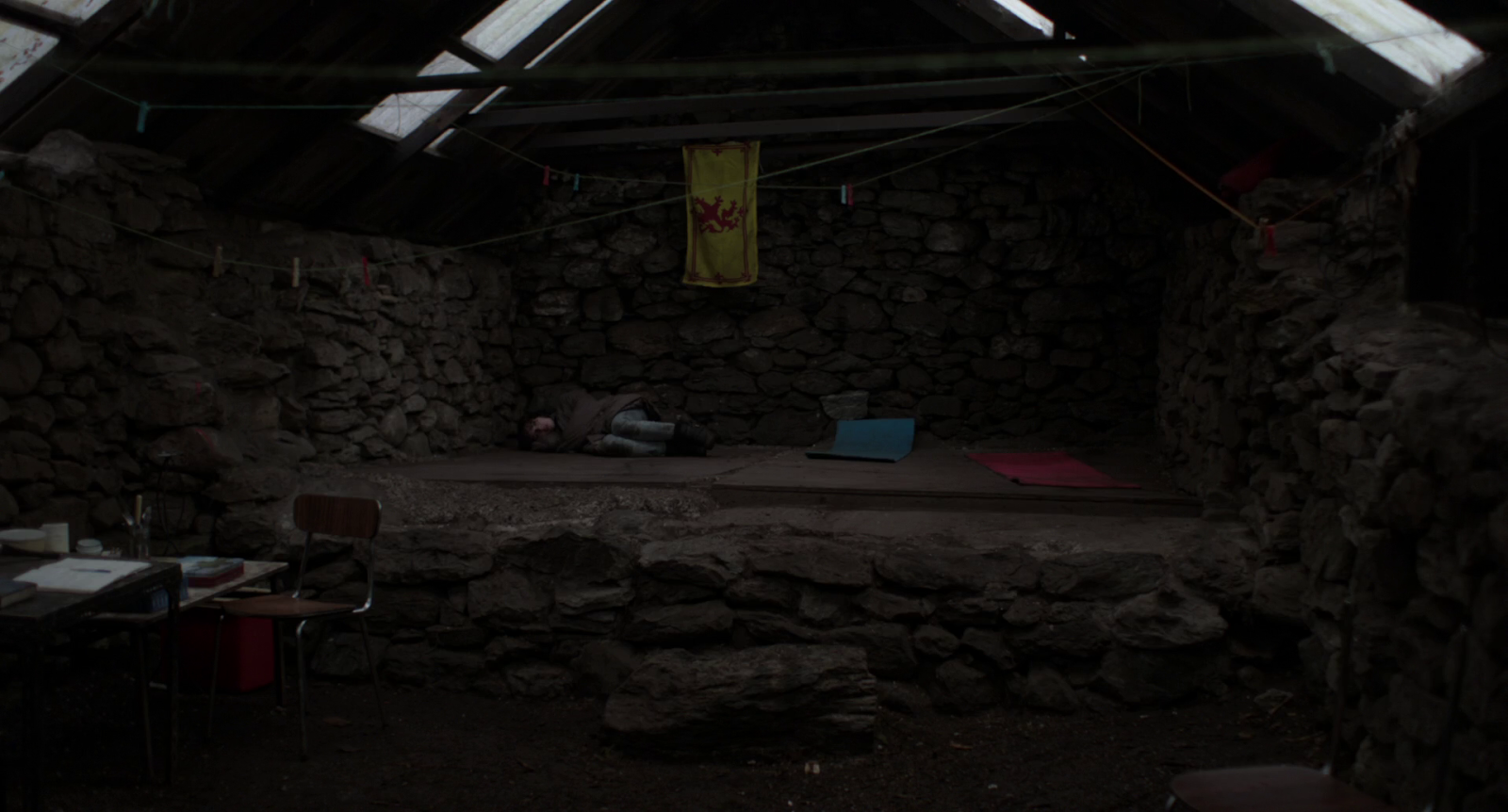

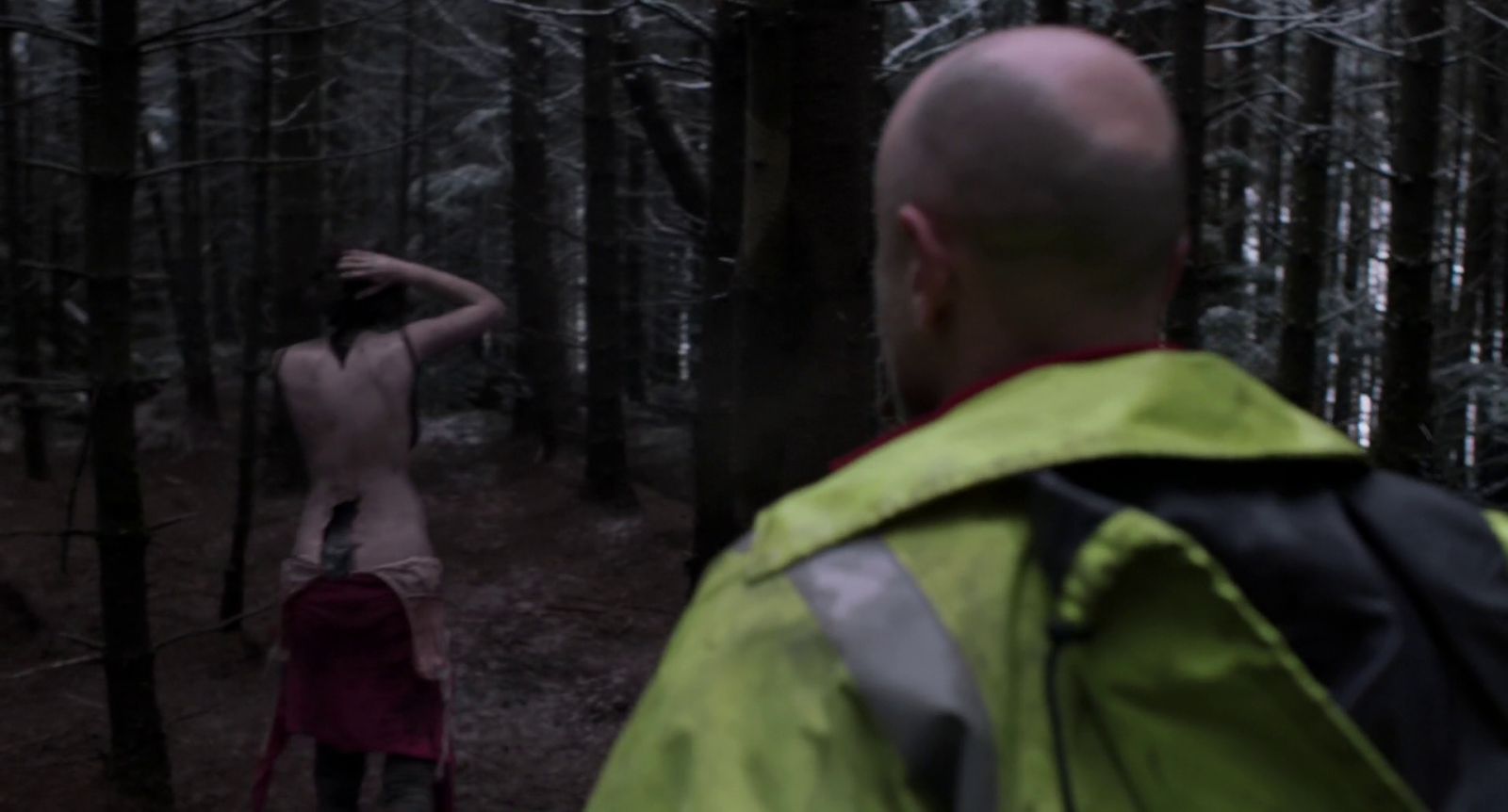
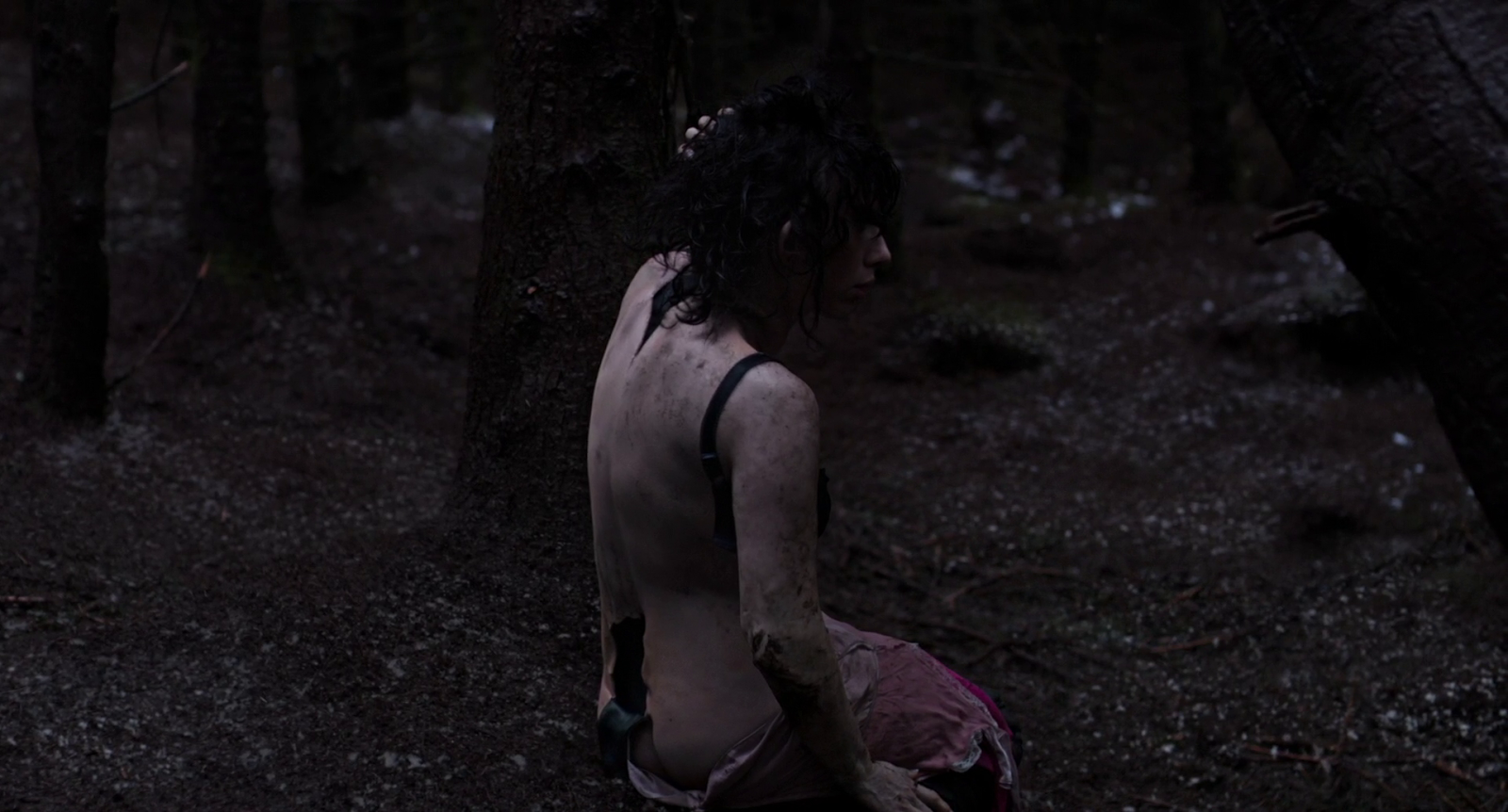
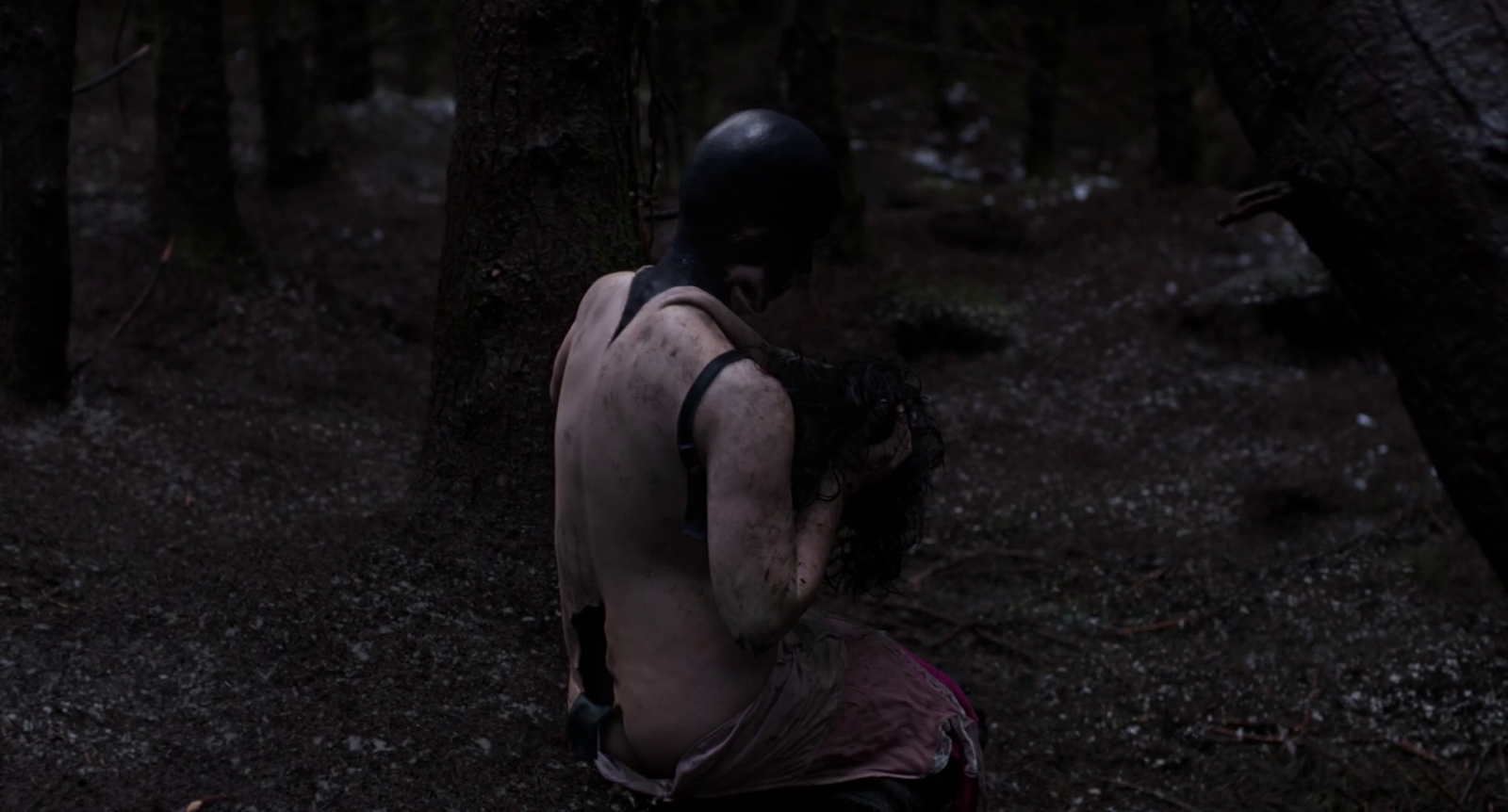

Be First to Comment